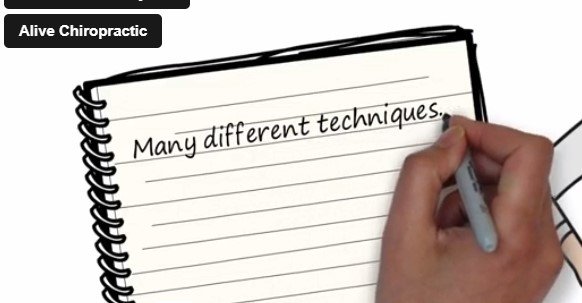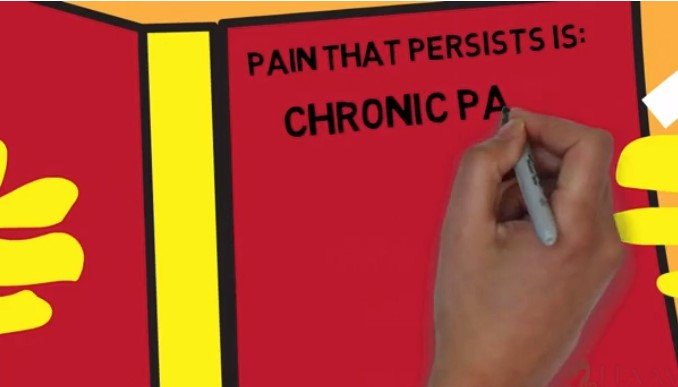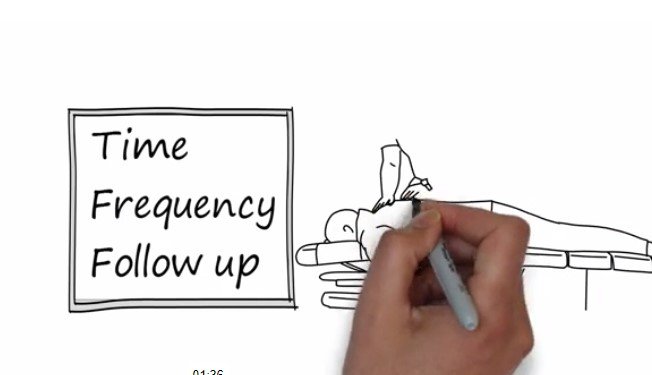Thoracic Pain
Upper back pain
A less common presentation
The thoracic spine is often time overshadowed by the more common and dramatic presentation of lower back and cervical spine pain. Low back pain and neck pain often lead to pain in the extremities (radiculopathies), but this is way less common in the TX spine mainly for two reasons: the thorax has restricted movement due to the attachments of the ribs; and also because disc herniations are way less common here. This is such an important part of the spine because is the home of the cell bodies of the sympathetic nervous system.
Sometimes there may be an age-related occurence or objective deformity: for example, in children and teenagers scoliosis and hyperkyphosis are concerns. In the second case, it is important to distinguish between simply bad posture (so common nowadays, especially with the use of smartphones) or abnormalities such as Scheuermann’s disease.
With senior clients, the main concern is compression fracture, often the result of low bone density (osteoporosis).
Most common causes of upper back pain
Upper back pain can arise from various sources, and identifying the underlying cause is crucial for effective treatment. Some of the most common causes include:
Muscular Strain and Tension
Poor posture, overuse, or excessive strain on the upper back muscles can lead to tension and inflammation, resulting in pain. Activities that involve repetitive movements, such as long hours of sitting at a desk or lifting heavy objects, can contribute to muscular strain.
Poor Posture
Sustaining a hunched posture, especially while working on computers or using smartphones for prolonged periods, can strain the muscles and ligaments in the upper back.
Trauma and Injuries
Accidents, falls, or sports-related injuries can cause damage to the bones, muscles, ligaments, or intervertebral discs in the upper back, leading to pain.
Herniated or Bulging Discs
Discs act as cushions between the vertebrae. When a disc’s outer layer weakens or ruptures, it can press on nearby nerves, causing upper back pain.
Osteoarthritis
As people age, the cartilage that cushions the joints may deteriorate, leading to a condition called osteoarthritis. This can affect the facet joints in the thoracic spine, resulting in pain and stiffness.
Kyphosis
Excessive curvature of the upper back (kyphosis) can cause strain on the muscles and lead to discomfort.
Scoliosis
A sideways curvature of the spine can affect the alignment of the upper back and contribute to pain. Read more about scoliosis here.
Degenerative Disc Disease
The natural aging process can cause wear and tear on the intervertebral discs, leading to degenerative disc disease, which may result in upper back pain.
Poor Sleeping Positions
Sleeping in awkward positions or on an unsupportive mattress can strain the muscles and lead to upper back pain.
Underlying Medical Conditions
Certain medical conditions like fibromyalgia, osteoporosis, and spinal infections can also manifest as upper back pain.
Our inspiring blog, a hub of knowledge and ideas designed to spark curiosity and fuel your mind!
Dive into a collection of thought-provoking articles, practical tips, and engaging content that covers a wide range of topics realted to health and wellbeing.
You can discover fresh perspectives, gain valuable insights, and find inspiration to enhance the quality of your life.
A collection of informative and engaging videos that offer visual insights into the world of chiropractic care. Visual content is a powerful tool for education and empowerment, allowing you to deepen your understanding of chiropractic principles, techniques, and the benefits of maintaining a healthy spine.

Chiropractic techniques
Chronic lower back pain is one of the most common musculoskeletal conditions causing disability and absence from work worldwide.

What is pain?
Sometimes, neck pain can be accompanied by radiating pain towards the shoulder blade or – in some cases – towards the arms.

How often should I see my chiropractor?
If you suffer from frequent headaches or migraines, chiropractic care can provide effective relief.

